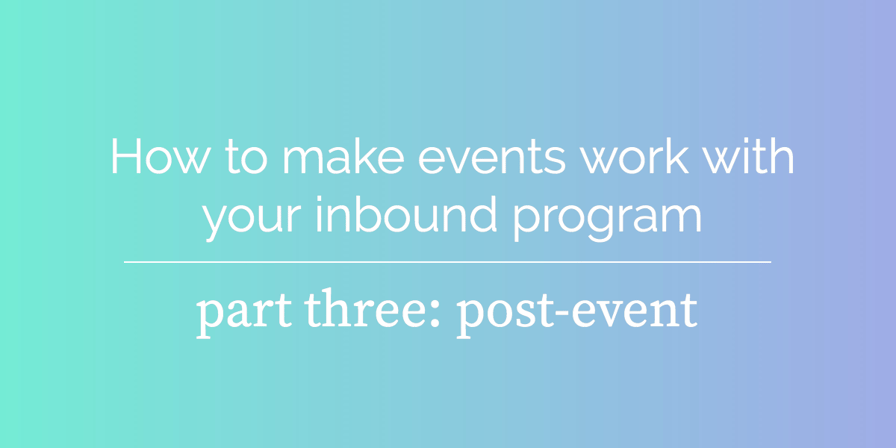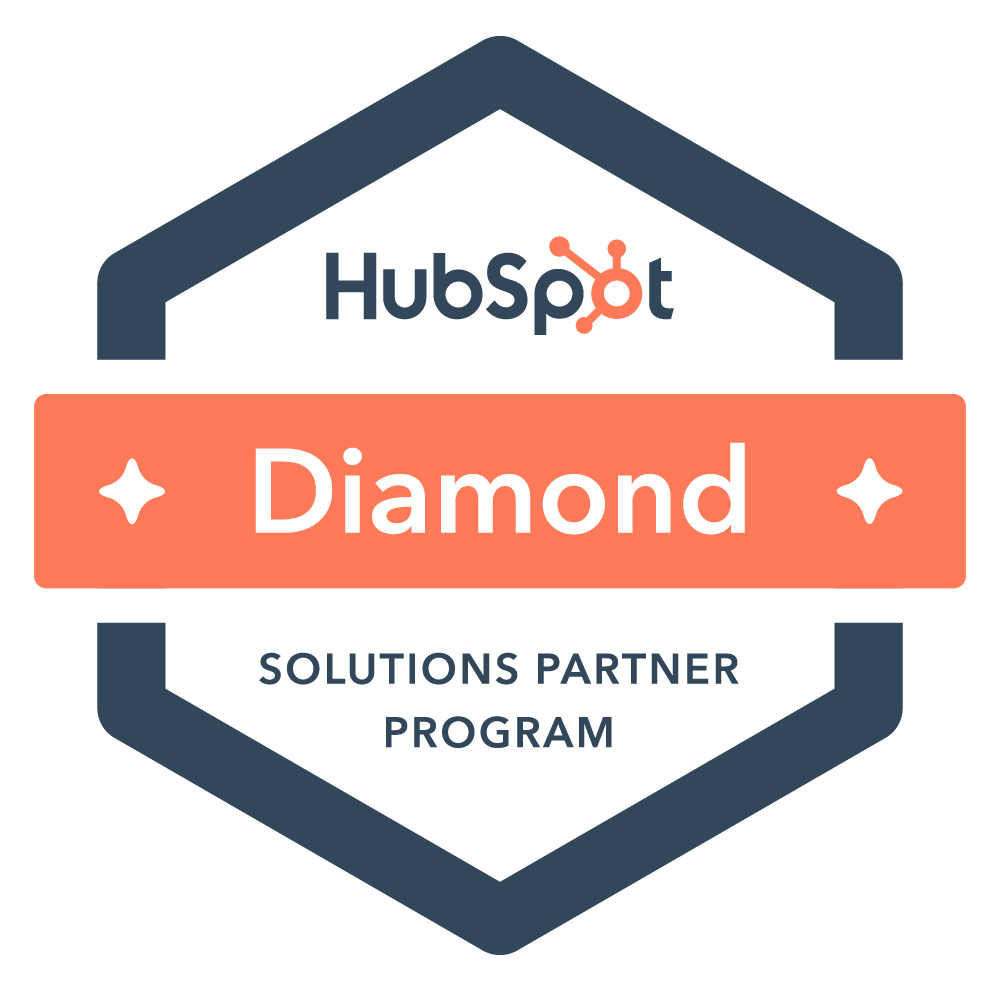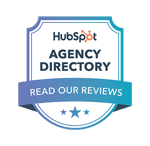How to make events work with your inbound program, part three: post-event


If you work in an industry that requires your participation in trade shows, you know how “sales-y” they can be. For marketers who are committed to an inbound strategy, trade shows and conferences can feel antithetical to the helpful tone you’re trying to adopt with your marketing collateral. But if you approach events with the right strategies in mind, they can complement your other marketing efforts.
In our last two articles, we’ve looked at ways companies can integrate events like conferences and trade shows with an existing inbound marketing strategy. So far, we’ve shared some tips about how to prepare before an event and what to do during the event to get in touch with the right prospects. In this article, let’s look at some steps your marketing and sales teams should take to keep the conversation going and close more business after an event.
Have a plan for promising leads
Some of the people you meet at your trade show will obviously be a strong fit for your product or services. For those people, you’ll want to act fast to keep the conversation going. Consider pre-writing some email templates so that your sales team has something other than a standard “just checking in” message to send to the most promising leads. This may include an event recap or (even better) an invitation to a webinar that they’ll find useful.
You can take even more guesswork out of the process by automating these emails so that they go out within a day or two of the end of the event. With a little preparation, your company can be among the first to hit their inboxes post-event, making them more likely to continue engaging with your sales team.
Qualify other leads
Your sales team will obviously want to follow up with the most promising and qualified leads first. While they’re busy communicating with the people most likely to close, you likely still have a list of other contacts from the event that might eventually warrant some additional attention from your company’s sales reps. Have a few automated emails ready to go to nurture and/or further qualify these leads for handoff to sales. These may include links to blog content, event recaps, or webinar invitations— whatever is most helpful and interesting to these contacts.
Reporting
As with any other marketing activity, it’s important to know whether or not your event was really worth the time and money your company invested in it. With smart reporting, you can easily see the true value of your participation in a trade show or conference.
If you haven’t already, build out a “trade shows attended” property for your contacts in HubSpot. For each trade show you attend, you’ll add a value for this property to specify which event a contact attended. After the event, upload and build a list in HubSpot of the contacts you met.
If there’s a chance you’ve met any of these contacts at other events, you’ll want to avoid overriding that information with your new trade show value. Instead of a bulk edit, build a workflow that appends this trade show value to your contacts’ “trade shows attended” property. While it’s not possible to add a list of contacts to a campaign, any emails or workflows you build can be added to a campaign named after the event.
By setting up a campaign and ensuring that your contacts’ records show they attended an event, you’ll be able to properly attribute any sales that come from that event. This will let you see which trade shows or conferences are most valuable to your company.
Bring it all together
Trade shows can be valuable, but they’re difficult to track, which can make them difficult to justify. Using some of the strategies we’ve shared for planning, execution, and follow-through, it should be a little easier to see which sales are attributable to an event. This means that, instead of competing with your existing inbound marketing strategy, events can actually complement it and help increase your company’s revenue.






